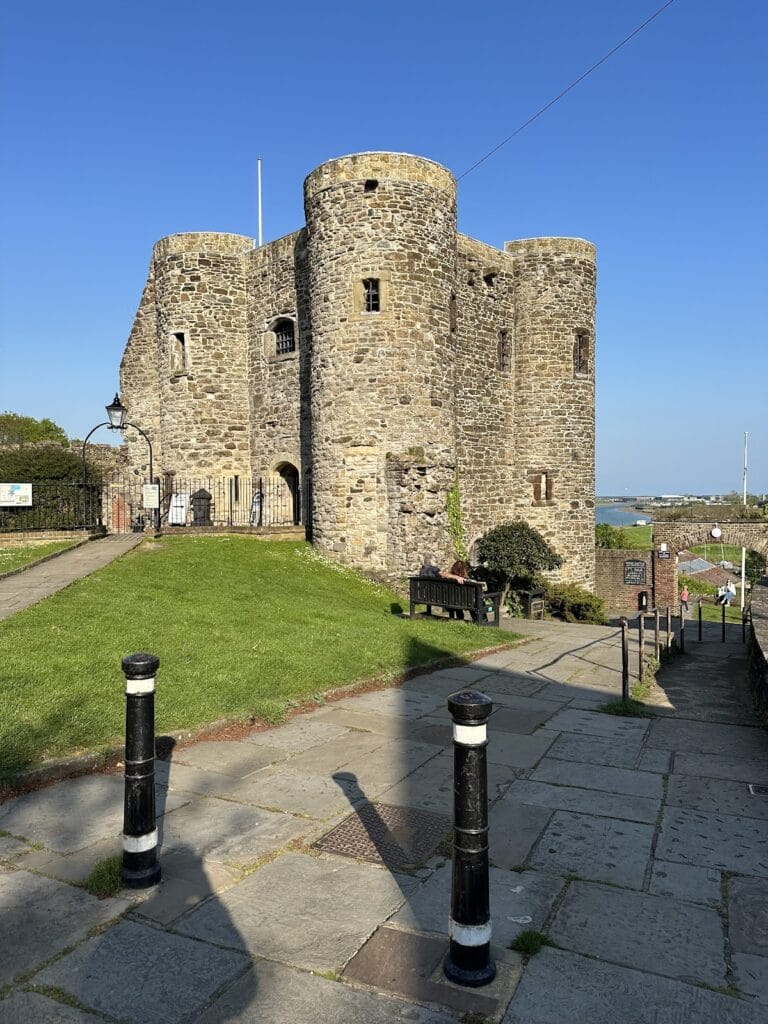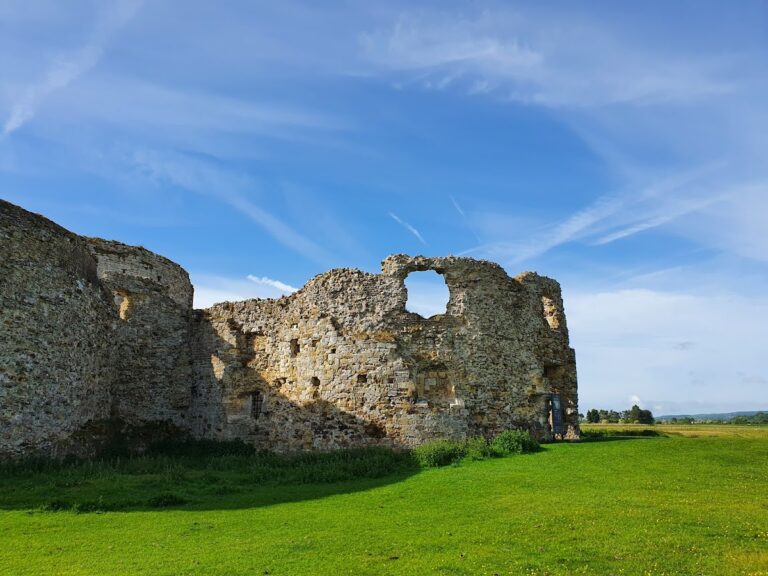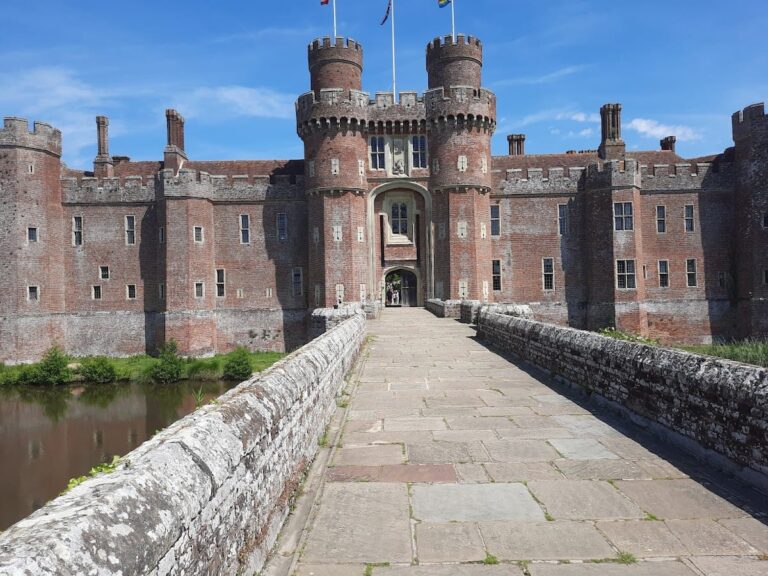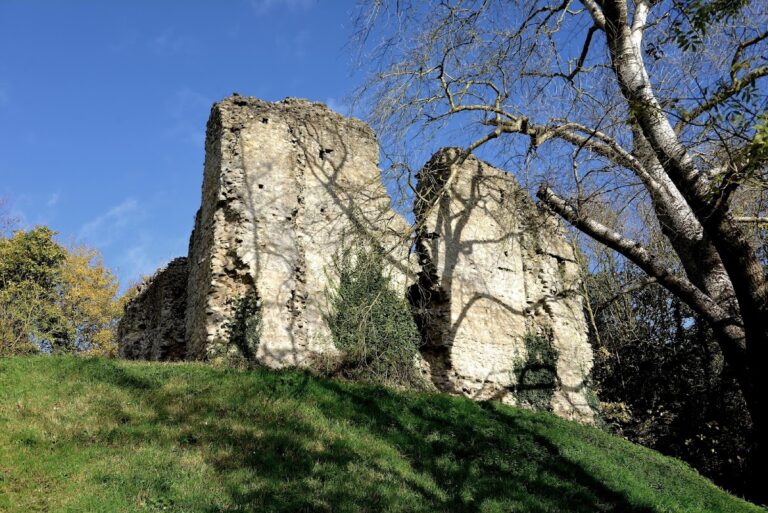Ypres Tower: A Historic Medieval Fortress in Rye, United Kingdom
Visitor Information
Google Rating: 4.5
Popularity: Low
Google Maps: View on Google Maps
Official Website: www.ryemuseum.co.uk
Country: United Kingdom
Civilization: Medieval European
Remains: Military
History
Rye Castle Museum, commonly called Ypres Tower, is located in the historic town of Rye in the United Kingdom. It was originally constructed by the medieval English civilization during the 13th or 14th century as a defensive stronghold safeguarding the Cinque Ports, a confederation of coastal towns important for military and commercial purposes.
The earliest documentary evidence of a castle in Rye comes from records dating to 1226 and 1249. In 1329, the town was granted murage, a tax collected specifically for building and maintaining town walls, suggesting that substantial defensive constructions, including parts of the castle, took place around this time. These fortifications were expanded and reinforced during the 14th century, responding to raids and attacks by the French, which threatened this vital port town.
Originally known as Baddings Tower, the castle acquired its present name, Ypres Tower, after passing into the ownership of John de Iprys in 1430. During the reign of King Henry VIII in the 16th century, the castle’s defensive role was enhanced by the addition of an artillery battery known as the Gun Garden, placed adjacent to the castle with a view over the harbour. This battery was actively rearmed during the 1588 crisis of the Spanish Armada and saw continued use throughout conflicts with France in the 18th century. Records from 1830 indicate the Gun Garden was still equipped with eighteen guns, highlighting the castle’s prolonged military relevance.
From the 16th century onwards, Ypres Tower began serving as a prison and courthouse. A dedicated full-time gaoler was appointed by 1796, and improvements such as an exercise yard were made. The prison facilities were further developed in 1837 with the establishment of a separate area for women prisoners. The building continued as a prison until 1891, after which it was repurposed as the town morgue. During World War II, the tower suffered damage from air raids but was subsequently repaired and restored.
Today, Ypres Tower remains a significant historic site, reflecting its varied roles through centuries of military, judicial, and civic use.
Remains
Ypres Tower is a stone fortress comprising three storeys built from iron-stained sandstone, giving the walls a distinctive reddish tint. It follows a square layout with a rounded tower positioned at each corner, an architectural arrangement common in medieval defensive structures aimed at providing a wide field of fire and better protection at the building’s edges. The main entrance is located on the north side and features a portcullis, a heavy grilled gate that could be raised or lowered to secure the doorway against attackers.
Adjacent to the main tower stands the Gun Garden, an artillery battery constructed as part of the enhancements during the Tudor period. This battery overlooks the harbour and was historically armed with up to eighteen guns, reflecting its critical role in protecting the port from seaborne threats. The battery’s position and armament evolved over time, remaining in active defensive use well into the 19th century.
Inside Ypres Tower, various archaeological and historical exhibits are housed. These include medieval pottery made locally, embroidered textiles that depict scenes from Rye’s history, and an assortment of medieval artifacts that illuminate the daily life and material culture of the period. The tower is integrated with the town’s medieval defensive walls, which are part of the scheduled ancient monument designation that protects this heritage site. Though damaged during the air raids of World War II, the tower has undergone repairs and restorations, preserving its structural integrity and historical features for study and display.
As a Grade I listed building, Ypres Tower enjoys the highest level of protection for buildings of exceptional interest, ensuring that its fabric and historical significance remain safeguarded for future generations.







